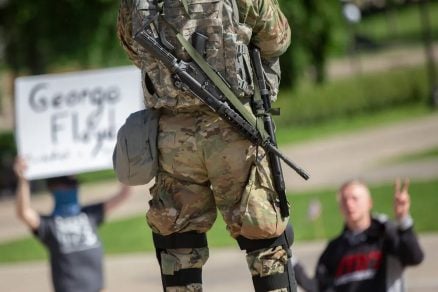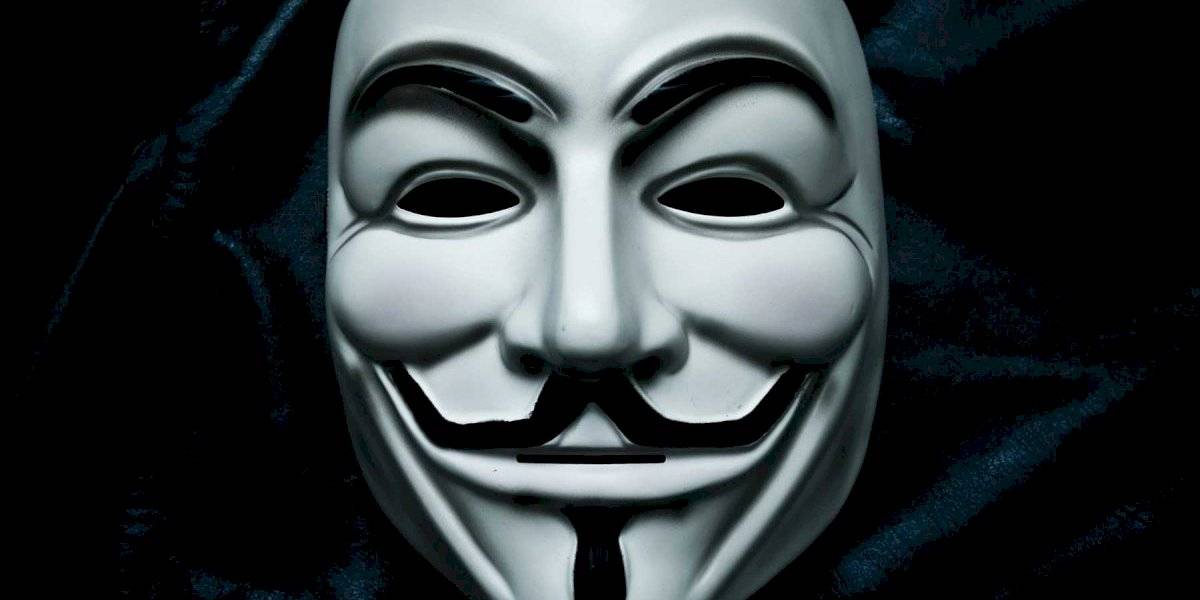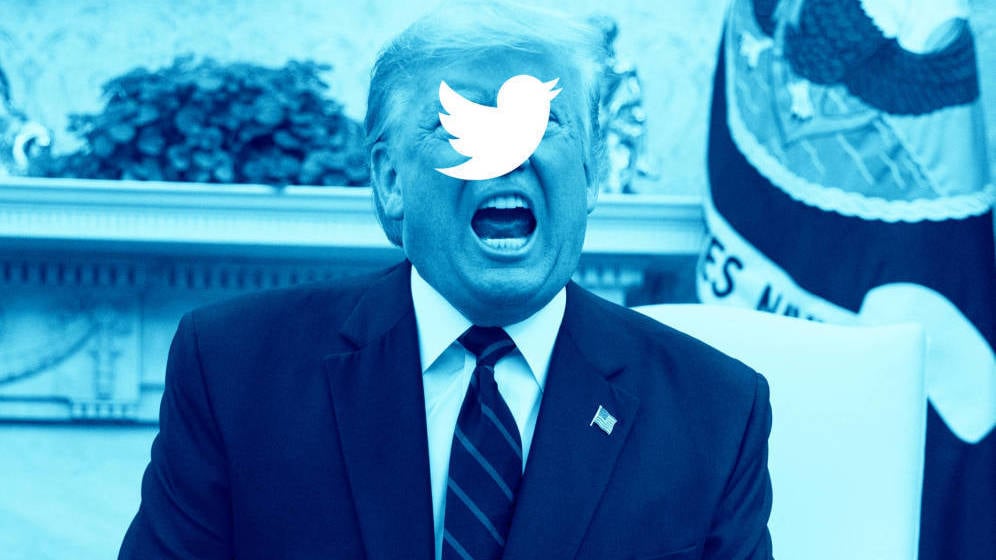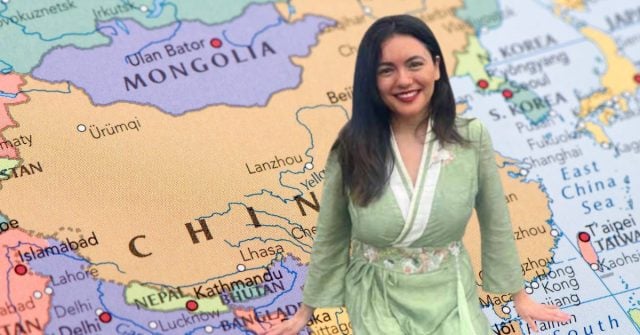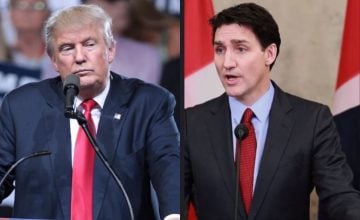US President Donald Trump threatened to deploy the Army if the governors and mayors do not stop the protests and riots that are shaking their country, after the murder of the African American George Floyd, at the hands of a Minneapolis police officer.
On May 26, Floyd, 46, was arrested for alleged «fraud in progress» and minutes later killed by Officer Derek Chauvin, who pressed his neck to the pavement with one knee for more than eight minutes. Although the officer was arrested on May 29, he was only charged with third degree involuntary manslaughter.
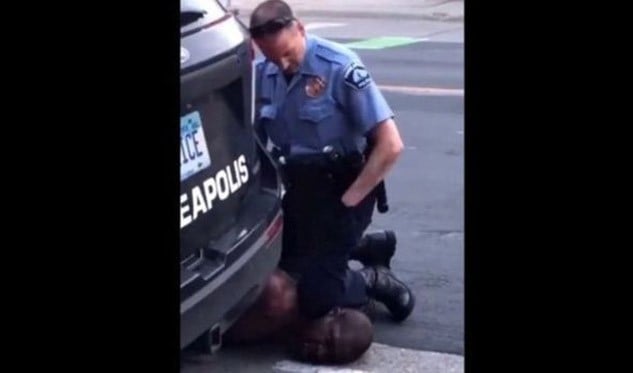
As a result of this crime, protests over police abuses and racial discrimination spread throughout much of the North American country. More than 40 cities decreed a curfew due to the riots, and 15 governors keep agents of the National Guard, a local militia made up of volunteer reservists, who can be called in these cases of emergency.
But Trump considers this response weak and warned of deploying the Armed Forces if governors and mayors fail to quell the protests.
«Mayors and governors must establish the overwhelming presence of law enforcement until violence is quelled (…) if a city or state refuses to take the actions that are necessary to defend the life and property of its residents, then I will deploy the United States military and I will quickly solve the problem for them», said Trump, referring to the Insurrection Law that dates back to 213 years ago.
That norm, approved by Congress on March 3, 1807, allows the Executive to deploy troops in the United States to suppress civil disorder, insurrection and rebellion.
«As long as the President considers that illegal obstructions or rebellion against the authority of the United States makes it impractical to enforce the laws, he can call the federal service, like the militia of any state, and use such as the Armed Forces, as he deems necessary to enforce those laws or to suppress the rebellion», states the federal law.
What does Trump need to deploy the Army?
For the rule to be implemented, the President must meet certain prior requirements. “In accordance with the Code of Laws, you must first issue a proclamation to the ‘insurgents’ to disperse in a limited time. If the situation does not resolve itself, the President can issue an executive order to send troops», said journalist Domenico Montanaro, quoted by BBC Mundo.
Montanaro also noted that the law is ambiguous on whether or not this federal aid must be expressly requested by the governor of the affected state.
One section suggests that states must first apply for aid, but other parts of the Insurrection Act do not require the approval of a governor or the state legislature, such as when the President determines that the situation in a state makes it impossible to enforce laws or when citizens’ rights are reduced.
«Historically and practically, such a request is not necessarily a prerequisite for the President to use regular federal troops for national law enforcement», said Stephen Vladeck, professor of law at the University of Texas and a contributor to CNN.
For his part, Robert Chesney, professor of National Security law at the University of Texas, finds it complicated that, in the event that Trump applies the rule, he could be prevented by some court battle, due to the powers that the legal instrument grants him.
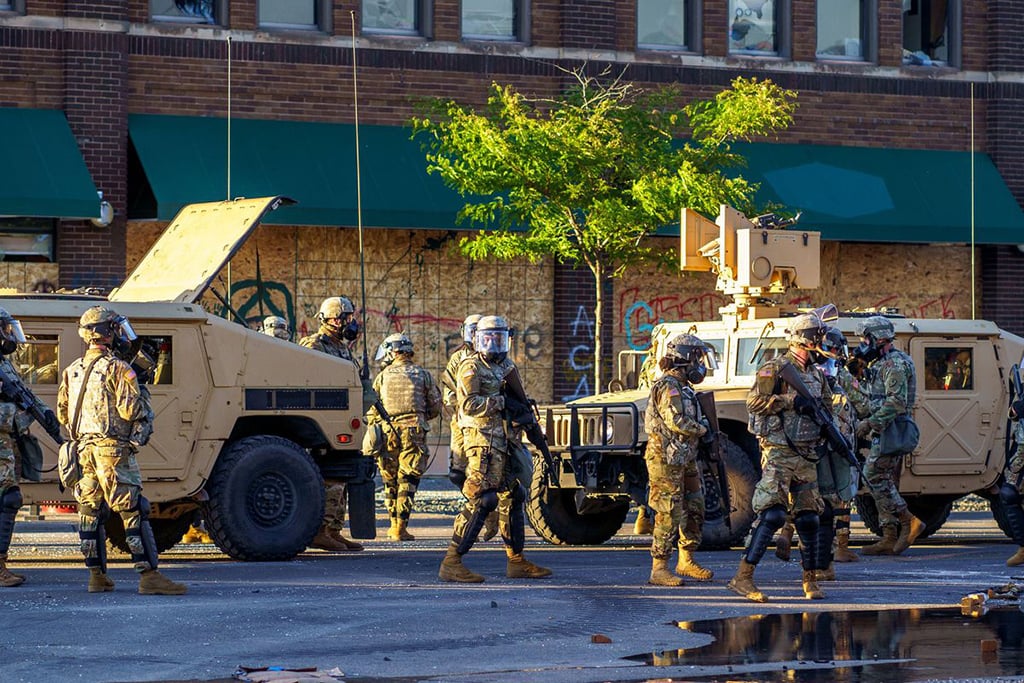
Debate in the USA
The possible activation of the rule has sparked a heated debate in the United States. Several analysts and politicians have warned that, although looting and attacks on government buildings have occurred, there are also peaceful mobilizations that would not fit within the description of «disorder, insurrection or rebellion».
«I reject the idea that the Federal Government can send troops to the state of Illinois», expressed the governor of that state, Democrat Jay Robert Pritzker, to CNN.
“The fact is, the President has created an incendiary moment here. He wants to change the subject of his failure in the face of the coronavirus, a miserable failure, and now he sees a time when there are riots due to the injustice done to George Floyd, and so he wants to create another topic one where he can be the President of law and order ”.
While Arkansas Republican Senator Tom Cotton, suggested on Twitter that Trump employ the 101st Airborne Assault Division.
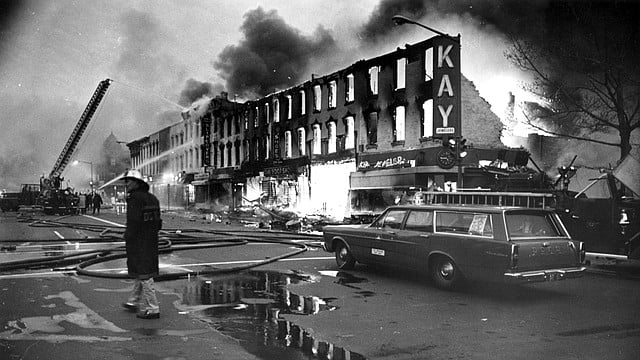
How many times has the Law of Insurrection been invoked?
Although Thomas Jefferson was the first to apply the Insurrection Act in 1808, other leaders also resorted to it in the 19th century. However, it was during the years of the civil rights struggle, in the 1940s, 1950s, and 1960s, that it was most often invoked.
Franklin D. Roosevelt applied it in 1943, to contain riots in the city of Detroit.
President Dwight Eisenhower employed the military in 1957 to escort nine African American teenagers – Little Rock Nine – to a public school that opted for segregation.
“The threat of being attacked by a multitude of racist citizens was real, since, in the south of the country, it took time to digest the signing of the Civil Rights Act declared that same year. This norm granted some basic rights to the black population, including voting”, recalled journalist Gonzalo Aguirregomezcorta, in an article for Yahoo.
John F. Kennedy also used it in 1962 to contain the racist revolts caused by the supremacists, who did not like that the African American James Meredith – a veteran military man – enrolled at the University of Mississippi. A year later, he did it again in order to implement the end of segregation in the schools of Alabama.
President Lyndon B Johnson applied the use of military force in 1967 to the revolts of the African American population against the police in Detroit; and in 1968, in Chicago, Baltimore and Washington for the revolts that occurred due to the murder of Martin Luther King.
It was then reapplied by President George H. Bush in 1989 and 1992.
In 1989 it was at the request of the local government of the Virgin Islands, US territory, due to the looting that took place there after the devastating passage of Hurricane Hugo.
The law was invoked in 1992 for the riots in Los Angeles, after four police officers were acquitted of using extreme force to detain African-American Rodney King.
Congress amended the law in 2006, after Hurricane Katrina, to expand its use to natural disasters, although some of those changes were reversed a year later by objections from state governors, who did not want to give up their authority.
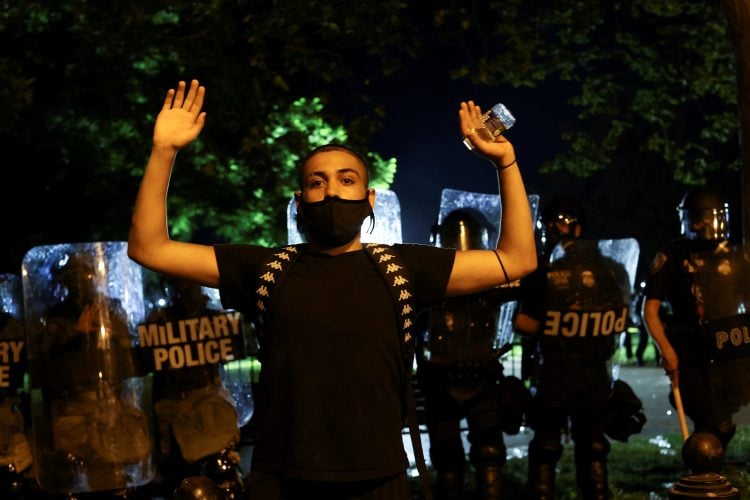
A dangerous law
Although Aguirregomezcorta recalled that in all these cases violence attracted more violence, he noted that none of the presidents who opted for the Law of Insurrection starred in a speech and attitude as incendiary as those that Trump has been demonstrating during his mandate, and especially related to the roots of the revolts.
«I am the President of Law and Order», said the far-right leader, while threatening an unprecedented police and military deployment.
«I am dispatching hundreds and hundreds of heavily armed soldiers, military personnel and security officers to stop the riot, looting, vandalism, assault and rampant destruction of property», said the White House tenant.
In the midst of the storm, Trump has not abandoned a confrontational tactic. Far from showing a conciliatory message, he has pointed to the «extreme left» as responsible for the riots in several cities.
In the eyes of public opinion, the Republican is creating a smokescreen so as not to assume his disastrous management during the pandemic, which has led the US to have the highest number of infections in the world, exceeding 1.87 million cases and 108 thousand deaths.
He also refuses to acknowledge that racial discrimination and police brutality against African-American citizens is entrenched in American society and that his hate speech contributes to this reality.
For Aguirregomezcorta, there is a serious danger that Trump activates the Insurrection Law: not only to guarantee public order, but also to be an “executing arm of his ideals and against his enemies, of any person or organization that does not agree with his opinion ”.
“It is his rhetoric and his actions marked by hatred that generate mistrust in his intentions and make us fear that the use of the military will lead him to cross a dangerous line of no return. The risk is enormous, since those who have nothing to do with violence and who peacefully proclaim their outrage while embracing the First Amendment are potential victims of oppression that has no turning back”, he warned.
The truth is that, despite Trump’s threats and police repression, thousands of Americans remain firm protesting on the streets.
